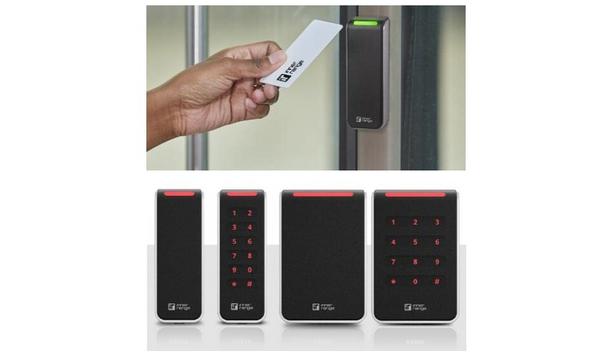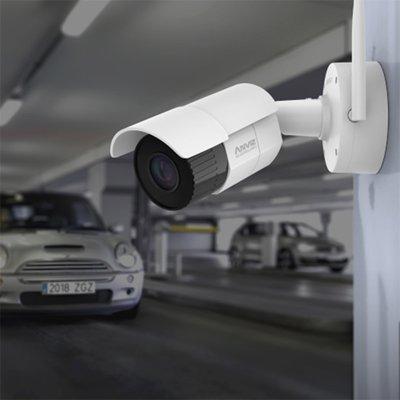Over one-third (35 percent) of Chief Information Security Officers (CISOs) admit to ignoring the National Cyber Security Centre’s (NCSC’s) cybersecurity guidance.
This finding and others were revealed in a new survey and report from Absolute Security, a global pioneer in enterprise cyber resilience.
Cyber Resilience Report 2024
This finding was despite 48 percent of respondents revealing that their organisation was hit by a ransomware attack over the past year. The NCSC has issued regular guidance warning of increased ransomware threats over that time frame as well as procedures for incident response.
These findings and more were uncovered in the Absolute Security United Kingdom Cyber Resilience Report 2024, providing a look at the state of cyber resilience, security, and AI across the UK. To compile the results, Absolute surveyed 250 UK CISOs at enterprise organisations, via independent polling agency Censuswide.
Cause of NCS guidance ignorance
64 percent feel that the UK has a poor cyber resilience strategy, failing to define clear response policies
Additionally, two-thirds (64 percent) feel that the UK has a poor cyber resilience strategy, failing to define clear response policies to recover from cyber breaches, while 77 percent believe the UK is falling behind the US and EU when it comes to national cyber policies.
This may offer a possible explanation for CISOs ignoring NCSC guidance.
Robust cyber resilience strategy
“Ransomware and state-sponsored attacks are increasingly on the rise, both of which are a case of when not if. Now, more than ever, organisations need a robust cyber resilience strategy in place to respond and recover from attacks when they happen,” said Andy Ward, VP of International for Absolute Security.
“While no set of standards or frameworks will eliminate the certainty of an eventual incident, NCSC guidance is there to help protect CISOs, who shouldn’t just ignore nationwide protocols. Disregarding NCSC advice puts organisations at much greater risk. It jeopardises jobs, causes significant financial and reputation damage, and potentially even heaps personal liability on security pioneers.”
Adhering to cybersecurity standards
Responding to the findings, Absolute customer Bharat Thakrar, CISO/CTO of CyberBTX, commented, “The fact that 35 percent of CISOs ignore NCSC guidance is alarming."
"Ignoring these guidelines not only undermines organisational security but also exposes their sensitive data to significant risks. Adhering to these standards is crucial for robust cyber security.”
Mobile and remote threats persist
Cyberattacks have more than doubled since the start of the Covid-19 pandemic, according to the IMF, with 72 percent of CISOs stating that remote working has complicated their organisation’s cyber resilience posture.
In total, 73 percent believe that remote working devices are the biggest weakness for their organisation, as these devices often operate weeks or even months behind most enterprise patching policies.
Endpoint Protection Platforms (EPP)
EPP and network access security applications fail to operate effectively 24 percent of the time
These devices also grapple with essential security tool failures. When unsupported by remediation capabilities, Endpoint Protection Platforms (EPP) and network access security applications fail to operate effectively 24 percent of the time, opening high-risk security gaps.
All these findings are supported by the recent Absolute Security Cyber Resilience Risk Index 2024.
Increasing visibility
“The increased attack surface facing organisations due to remote devices presents a difficult challenge for CISOs as they ward off the rising number of cyber threats."
"Implementing an approach of cyber resilience can significantly bolster cyber defences through increasing visibility for CISOs and their security teams.”
Mitigating cyber risks
“Adopting technology that can continuously monitor remote devices, applications, and networks can alert centralised security teams to suspicious behaviour, giving them the ability to freeze or shut off potentially compromised devices to prevent threat actors from moving laterally across a network and causing major damage."
"These devices can then be repaired to patch up weak security controls and mitigate future cyber risks,” added Ward.




































